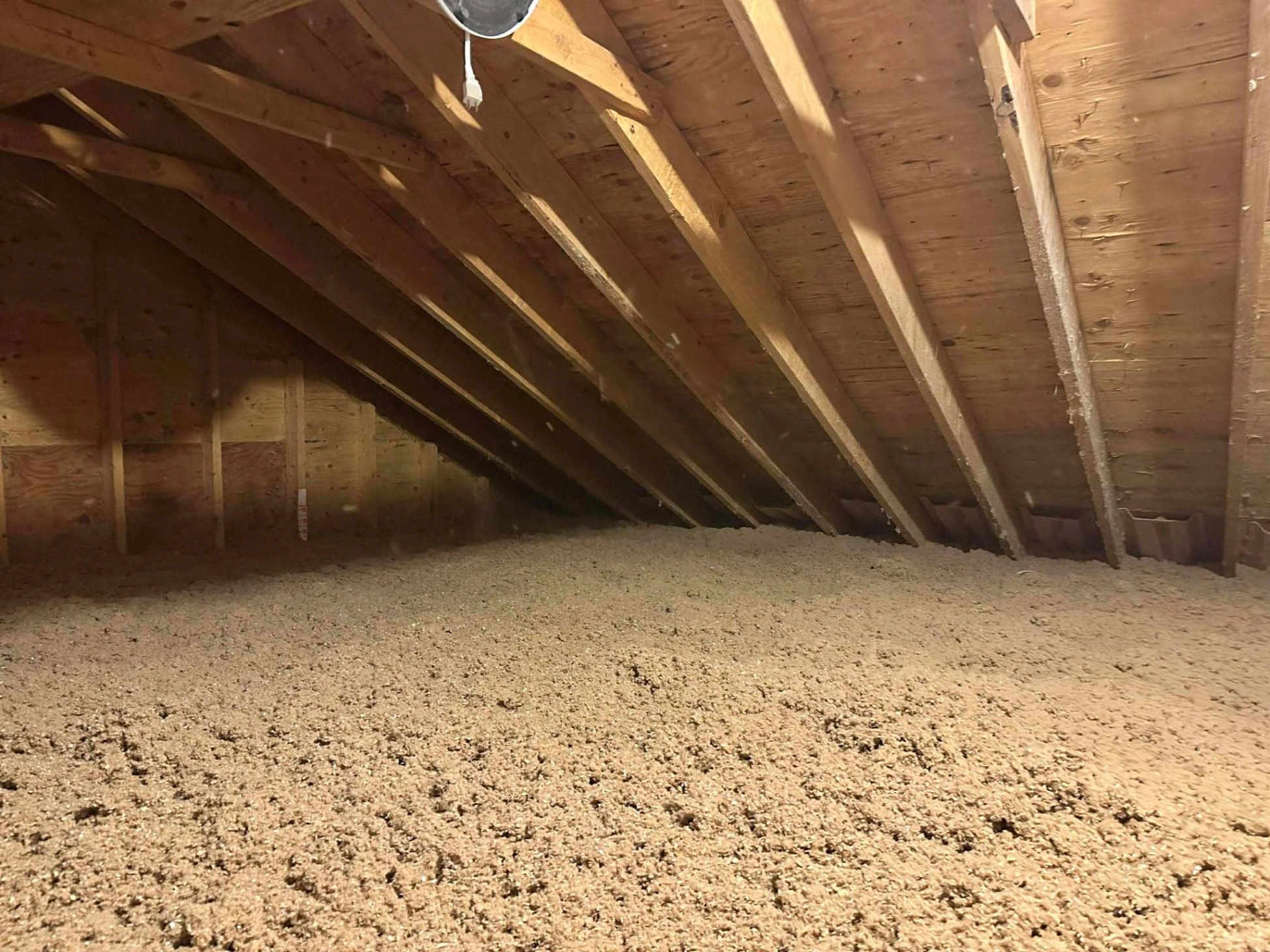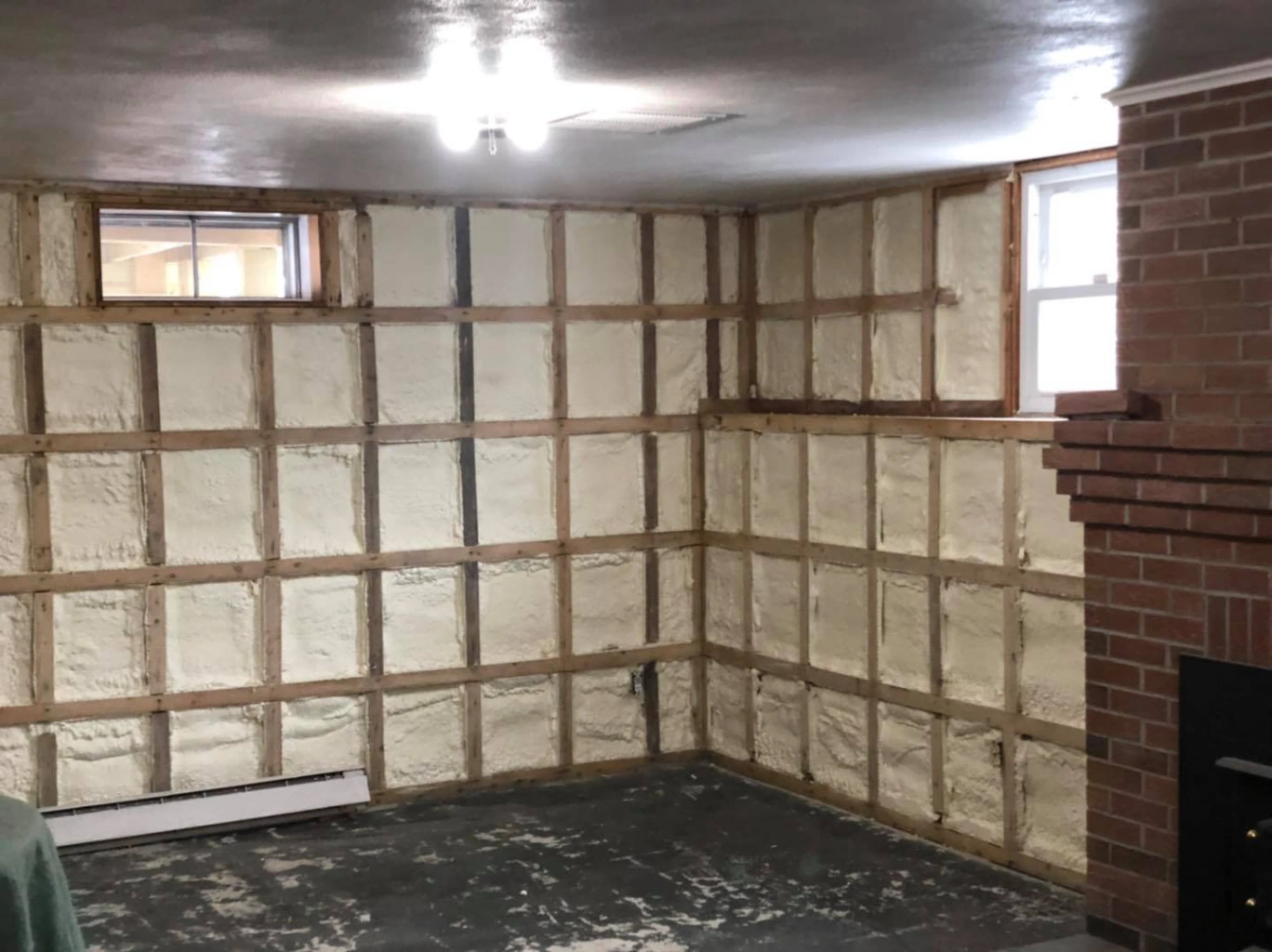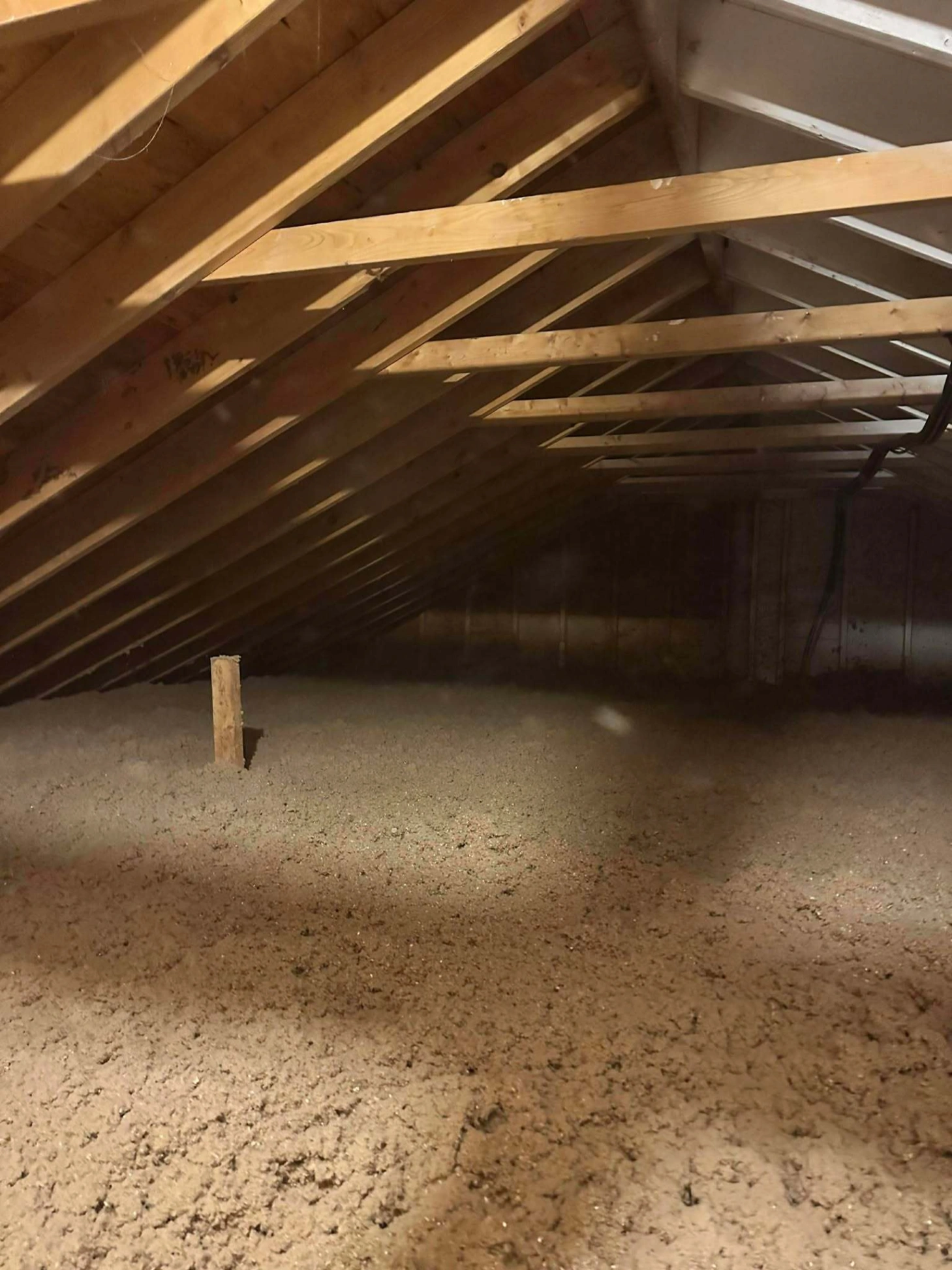
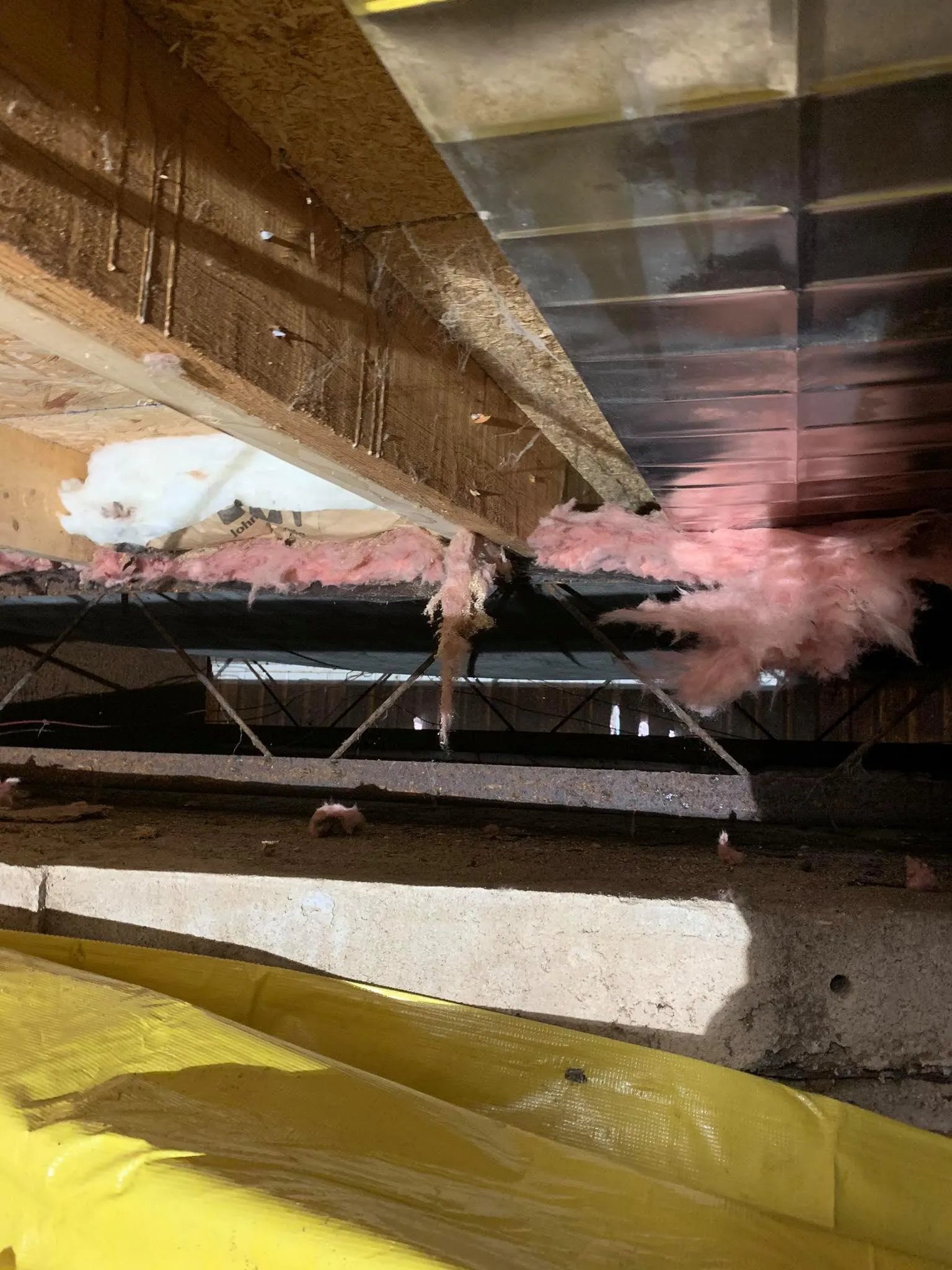
Removing old or contaminated insulation directly improves indoor air quality by eliminating trapped pollutants, mold spores, pest residues, and airborne irritants. Materials like fiberglass or cellulose can degrade over time, releasing particles into the air that worsen respiratory issues, trigger allergies, and increase indoor humidity problems.
Insulation removal addresses common hidden sources of indoor pollution, especially in older homes or buildings affected by moisture damage, fire, or rodent activity. This process replaces compromised materials with clean, structurally stable alternatives, creating a healthier living environment.
Lamothe Insulation & Contracting brings hands-on experience managing insulation failures. With exposure to moisture-rich basements, humid summers, and freezing winters, insulation performance directly ties to regional air quality issues.
| Issue Area | Without Removal | After Proper Removal and Replacement |
|---|---|---|
| Mold and Mildew | Spores spread via ductwork | Contaminated material eliminated |
| Rodent Residue | Urine, feces, allergens embedded in fibers | Source materials removed completely |
| Airborne Particulates | Aging materials release irritants | Fresh insulation contains less dust |
| Odor Control | Stale, musty smells persist | Odor source eliminated |
| HVAC Efficiency Impact | Pollutants circulate via return vents | Cleaner airflow paths |
Bonus Tip: In properties with recurring pest or moisture problems, removal should always precede reinstallation to avoid sealing in the issue.
| Specification | Old/Compromised Insulation | Post-Removal Upgrades (Typical) |
|---|---|---|
| Mold Resistance Rating | Low (0-3) | High (8-10) |
| VOC Emissions (mg/m3) | Up to 15 | Below 2 |
| Fiberglass Dust Count (fibers/l) | >5,000 in aged material | Near 0 with sealed replacement |
| Thermal Conductivity (W/mK) | Degraded: 0.050-0.060 | Improved: 0.030-0.040 |
| Air Sealing Score (ACH50) | Often 7+ | Reduced to 3 or less |
Sources: EPA Indoor Air Quality Guidelines, NAIMA, Building Performance Institute
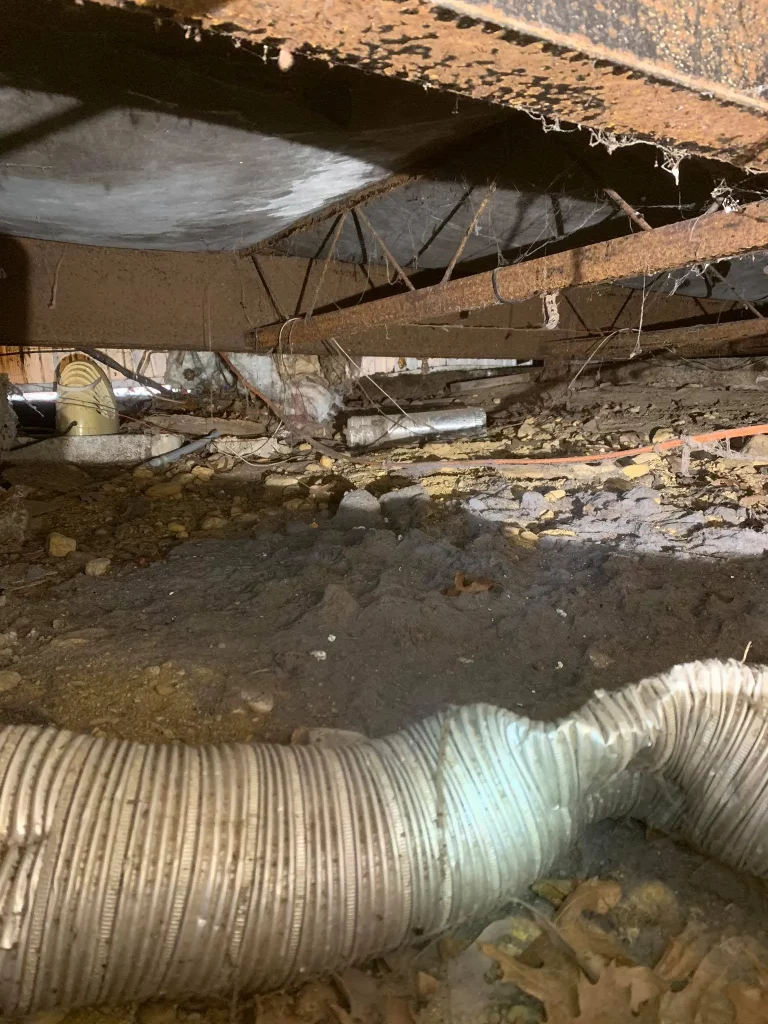
Bonus Tip: Always follow removal with vacuum-based cleaning and air sealing to ensure no residual contaminants remain.
Only sections showing visible damage or contamination need removal. Full removal is advised in fire, flood, or rodent infestation cases.
Yes, if done without containment. Proper protective measures prevent this.
Most attic or crawlspace jobs take 1-2 days depending on square footage and contamination level.
They are bagged and disposed of per state hazardous or construction waste guidelines.
Removing old or damaged insulation resolves many invisible air quality issues. Whether it involves mold, pests, or degraded material, eliminating these sources improves indoor comfort and health. Evaluate insulation status based on building age, known issues, and any reported respiratory symptoms from occupants.
Lamothe Insulation & Contracting handles safe insulation removal for attics, walls, and crawlspaces across Massachusetts. For mold-prone areas or buildings affected by pests or age, contact [email protected] or call (508) 847-0119 to discuss removal needs. Each project is approached with precision and full site evaluation.
Learn more about our latest service enhancements and advanced insulation techniques available in additional Massachusetts communities.
Every 3-5 years or after any water, smoke, or pest exposure.
Persistent odors, increased allergies, or visible ceiling stains often signal insulation problems.
Yes, since insulation is porous and mold cannot be fully removed from the fibers.
Yes, when followed by upgraded, air-sealing insulation that improves thermal performance.
Yes, especially when allergens or VOCs are removed at the source and replaced with low-emission materials.

